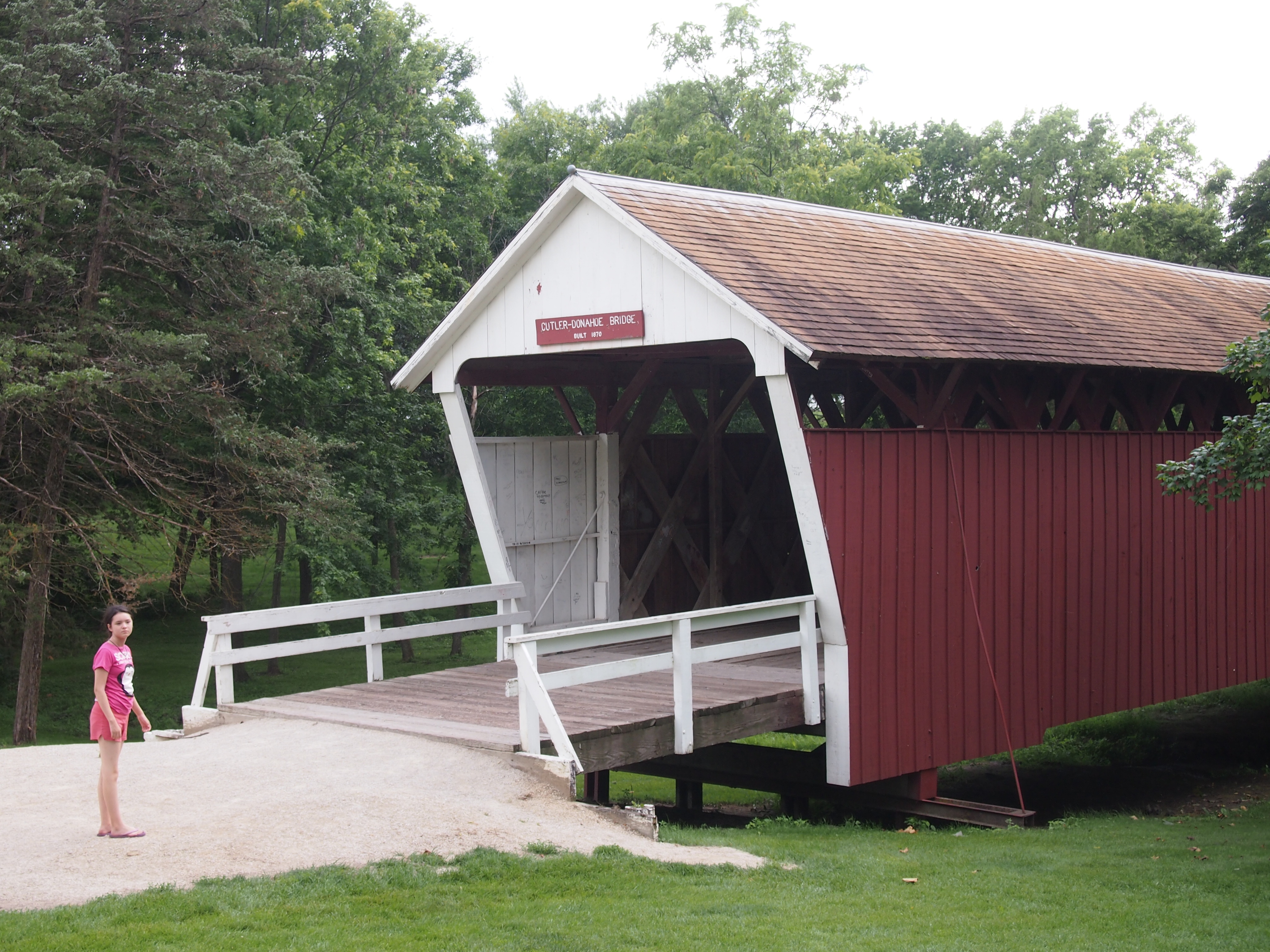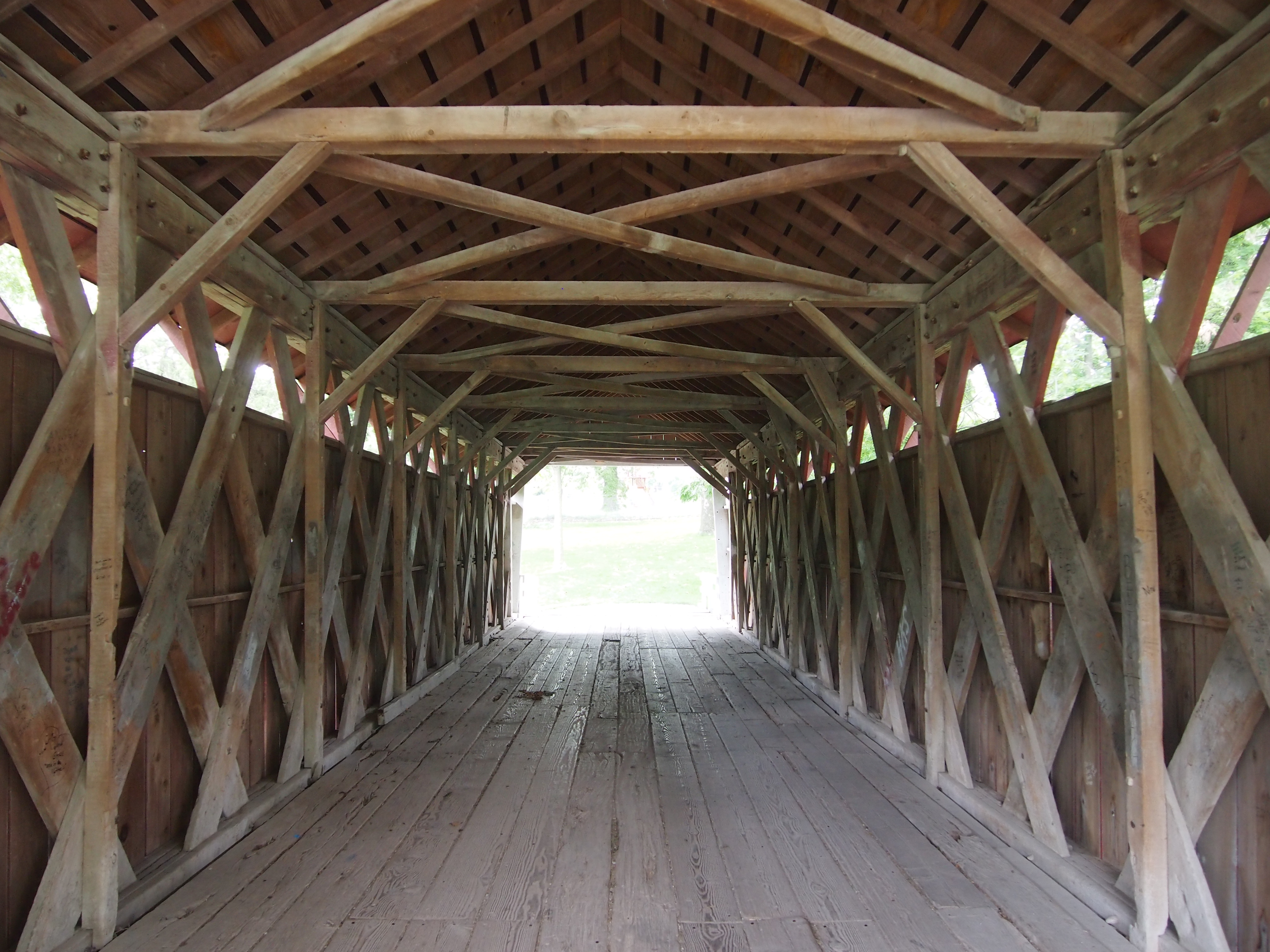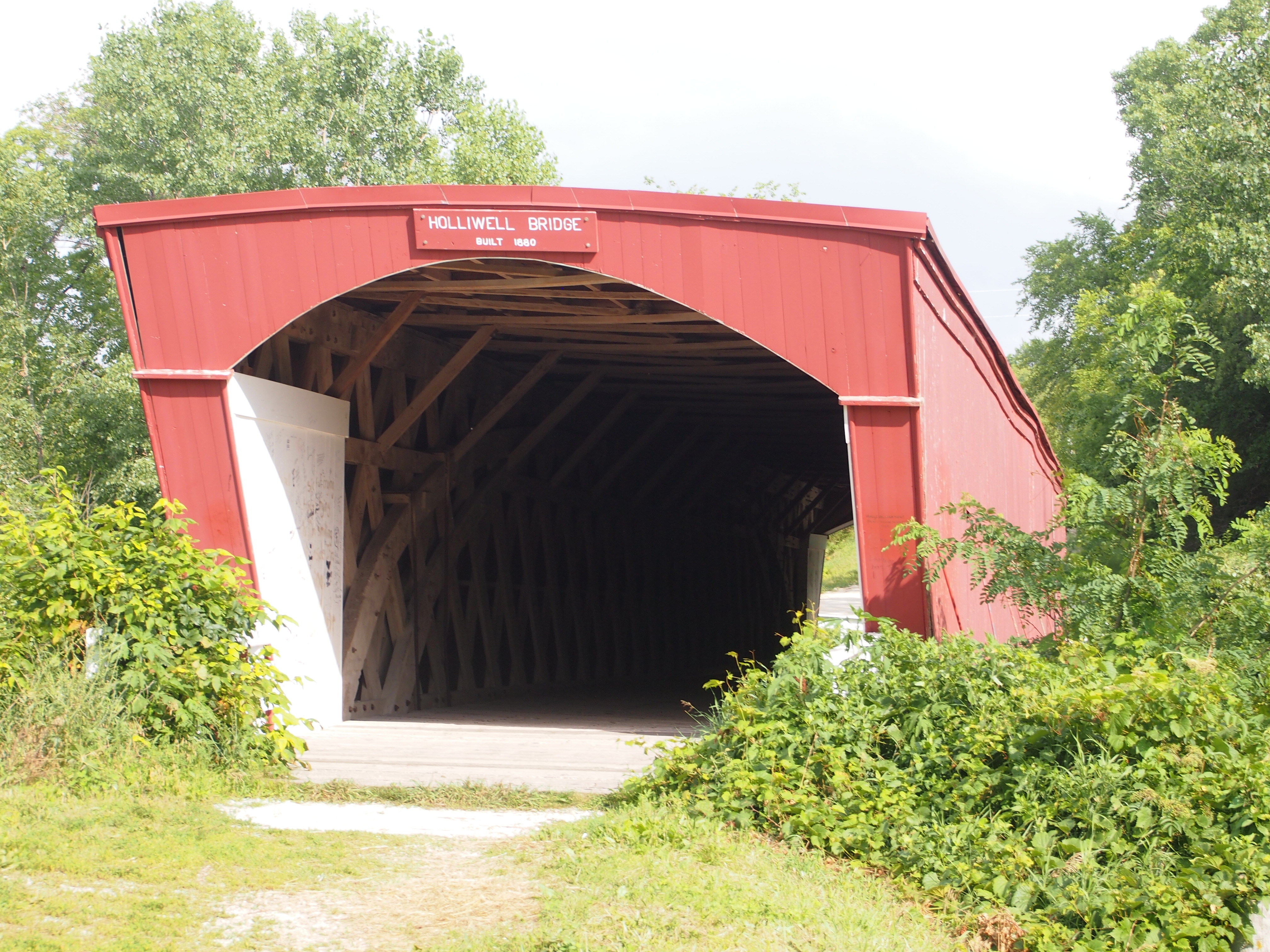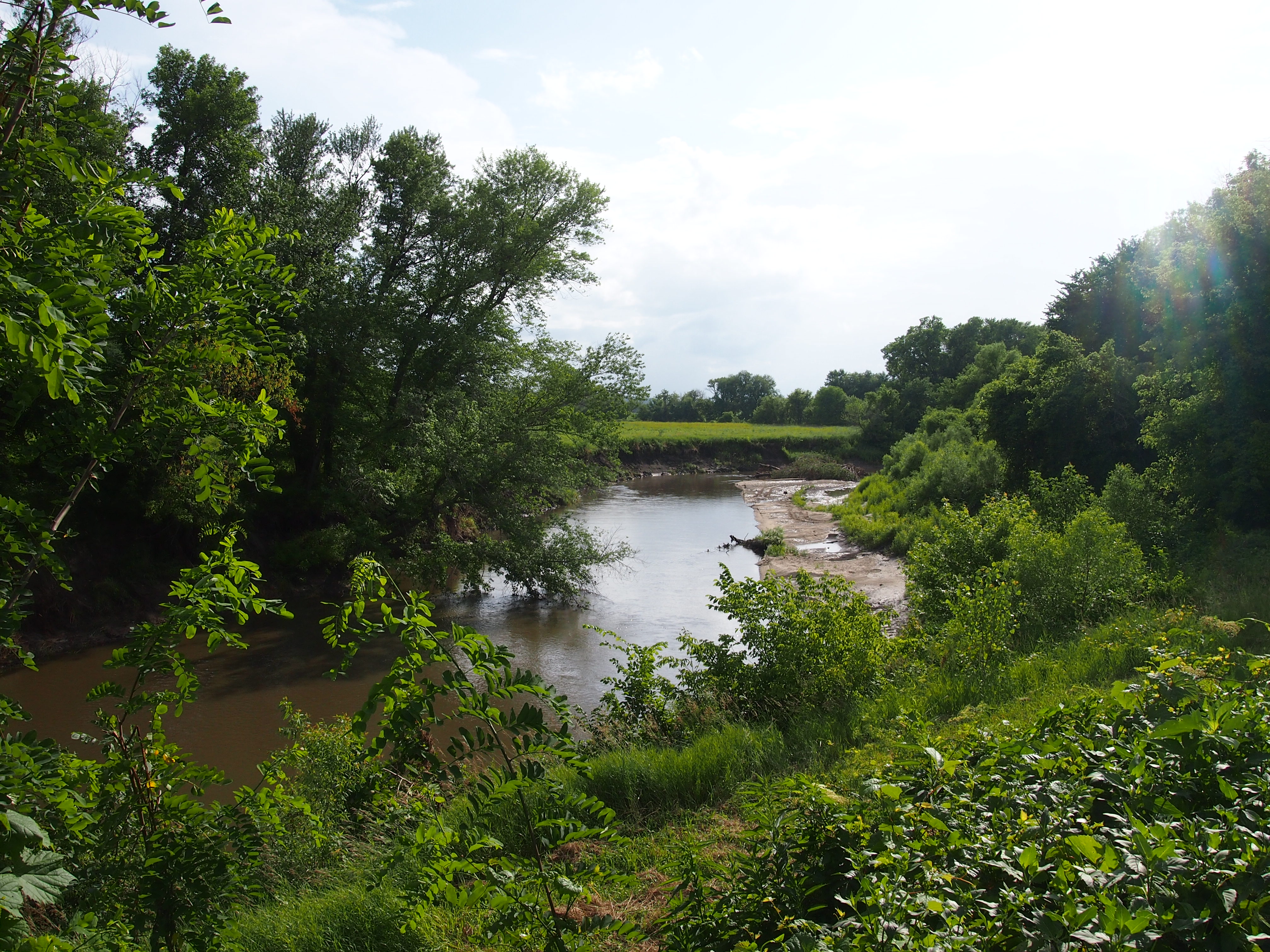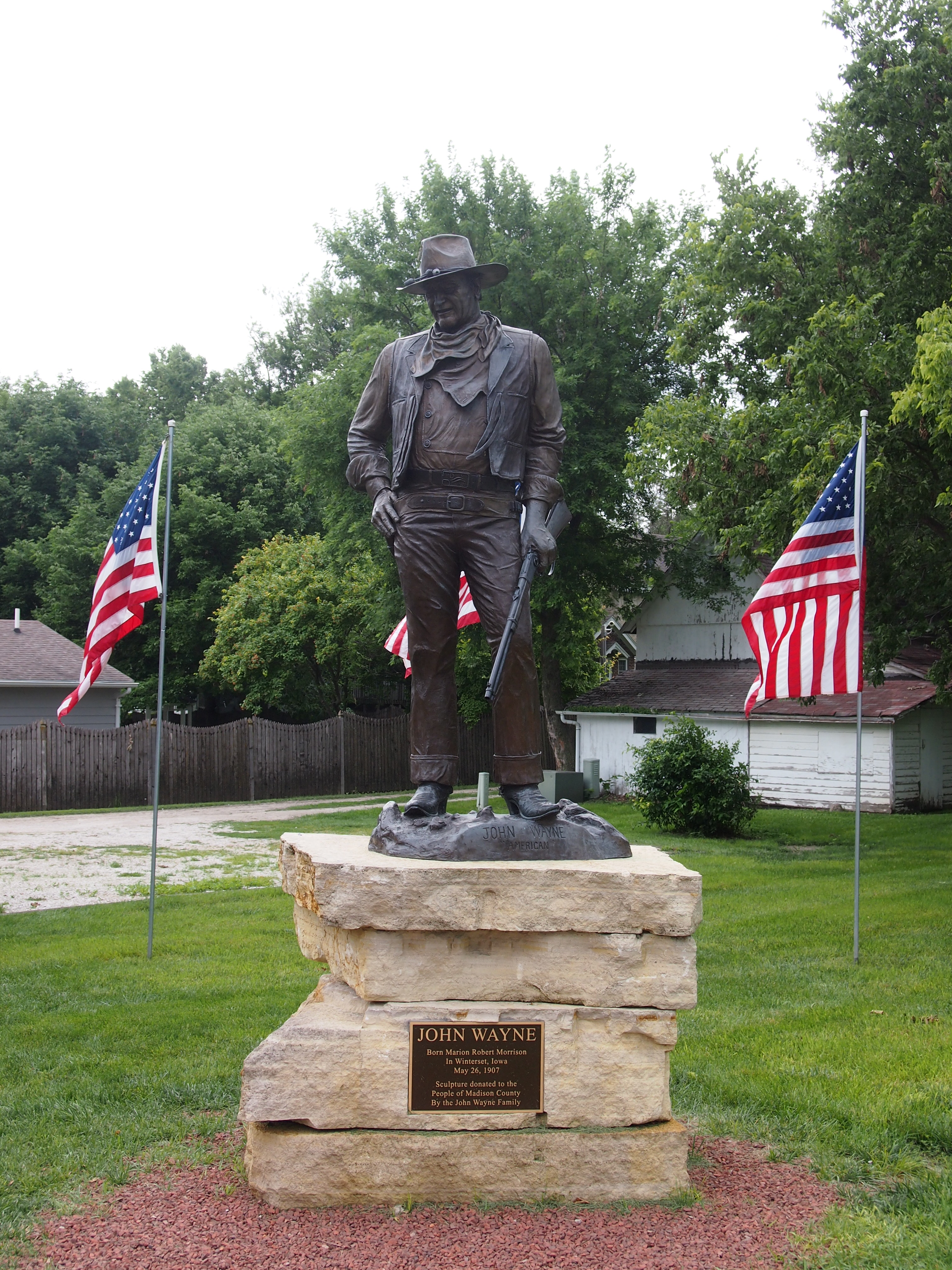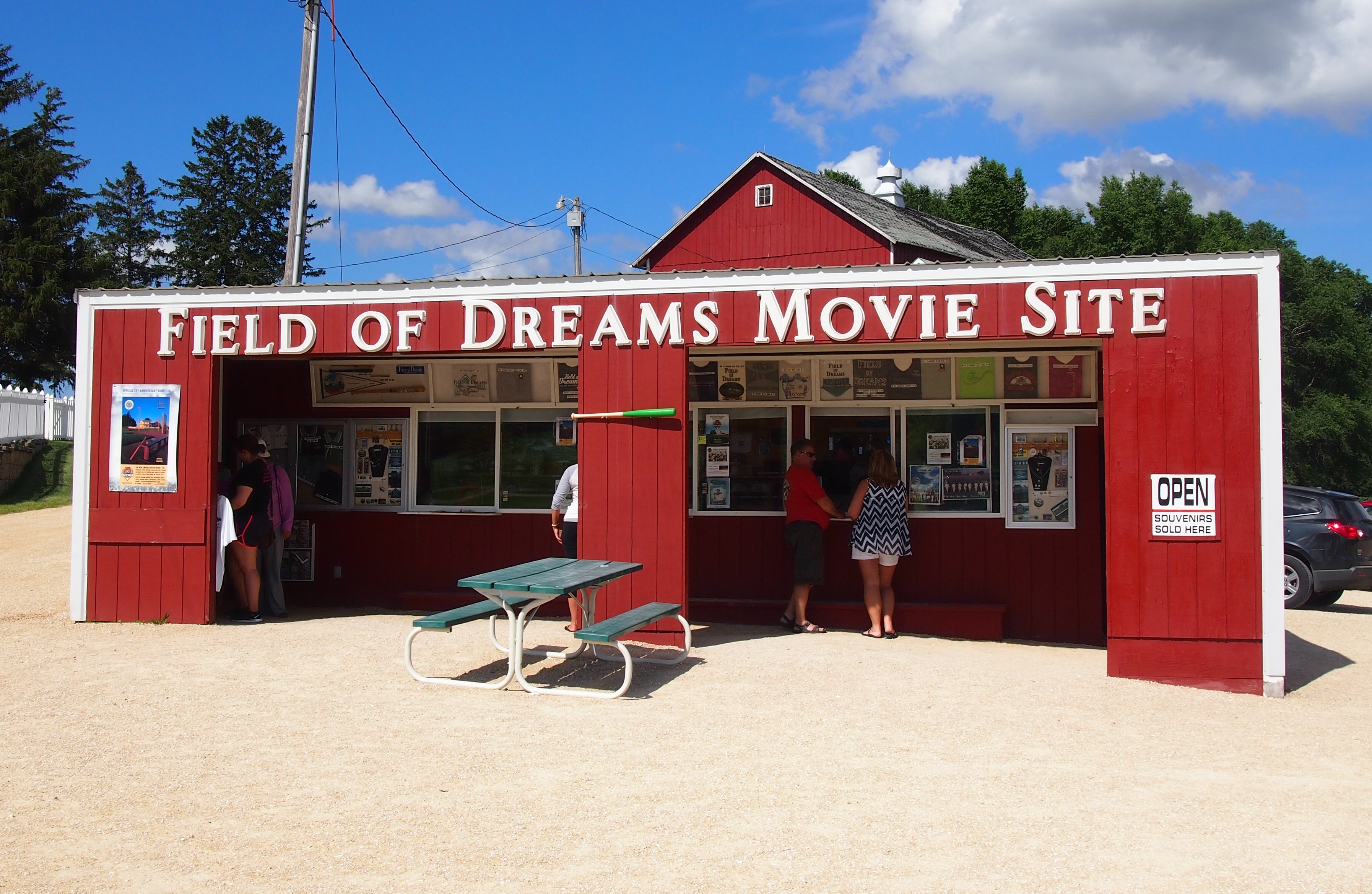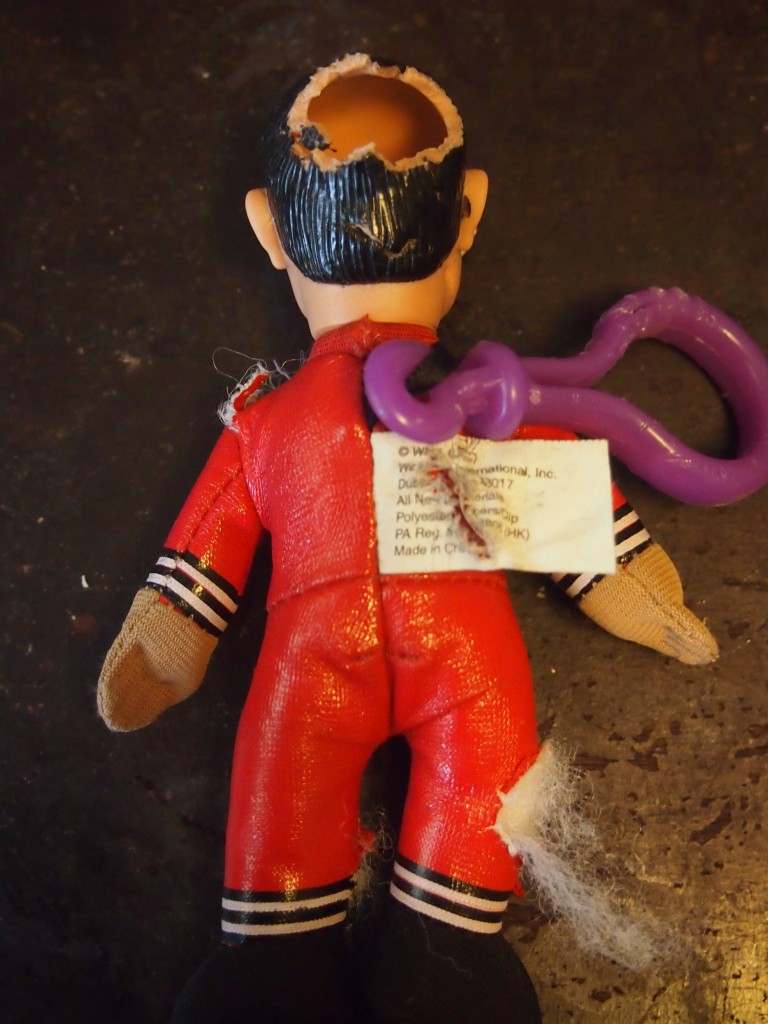More spring on the way: a baseball game in the field visible from our back yard; budding bushes; woodpeckers; almost warm days, though I hear that next week won’t be so warm. Such is the seesaw of spring.
Ad leaflets are appearing at my door, promising yard service. One recent one was a large Post-It-like notice, stuck to my door, offering to keep my lawn to bourgeois standards for only $25 a week. That wasn’t quite the wording, but never mind. I suspect unkempt lawns are going to be the fashion in a few decades anyway. Either because a new-found appreciation for the aesthetics of long grass, or maybe because in a hotter and drier climate, long grass will be harder to grow, and therefore more prized.
I found out today that the Colorado House Speaker is named Dickey Lee Hullinghort. Say what you want about Colorado pols, they’ve got some interesting names, including Gov. John Hickenlooper as well. (The President of the state Senate is a more prosaic Bill Cadman, though).
Recently I did a short squib about a drive-in movie theater that managed to raise the money necessary to re-fit with digital projection equipment, and so will be able to stay open (that’s a blow for Americana, or something). Then I thought, we should go to a drive-in. The family’s never been to one. There’s a functioning drive-in in the suburb of West Chicago, which isn’t the one I wrote about, and which already has digital projection.
Trouble is, I don’t want to see Home, which is one of the features, and I really don’t want to see Paul Blart: Mall Cop 2, which is the other. Previews for that movie have been showing up on YouTube recently, and as far as I can tell, its formula is Kevin James Falling Down = Funny. I’ll go along with that, except substitute “≠” in that formula. (Also, what kind of name is Blart? Did they pick it because it rhymes with “fart”?) Maybe something better will come along.
